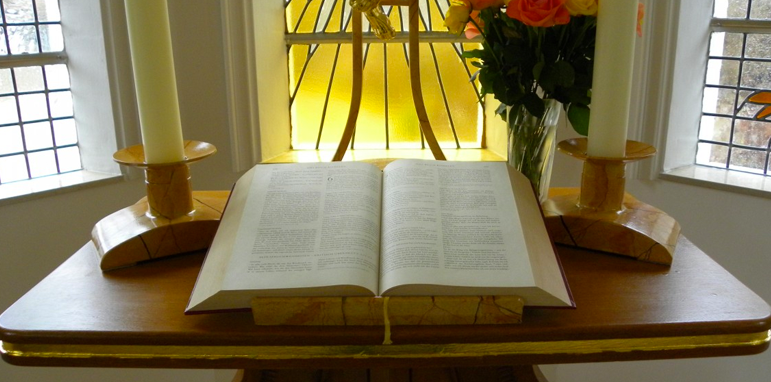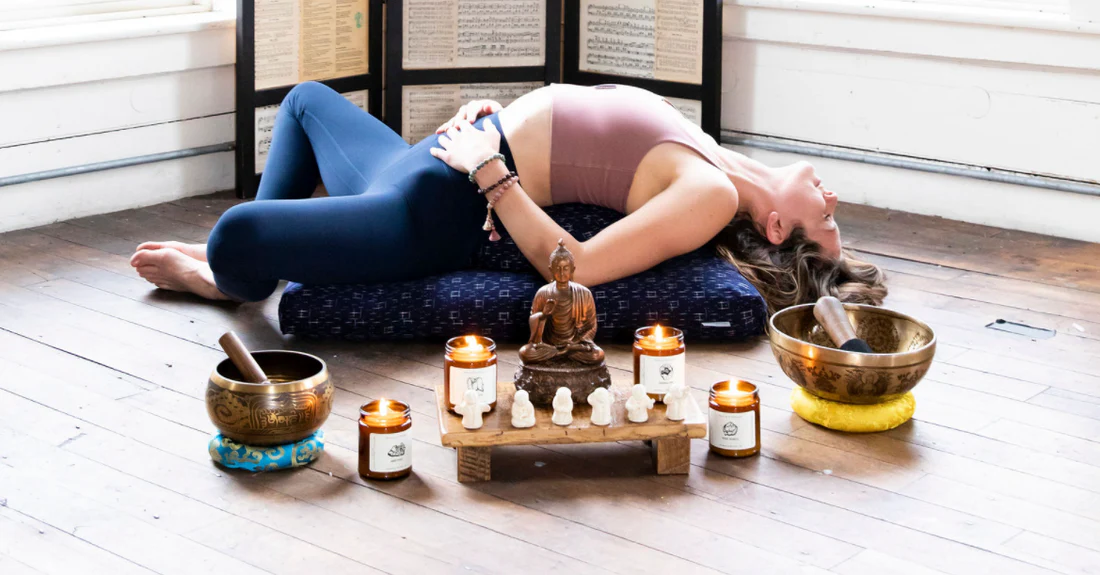In today’s busy world, it is easy to feel tired, restless, and disconnected. Our homes are filled with noise, screens, and constant movement. But your home can also be a place of deep peace and reflection. One powerful way to support your spiritual journey is by creating a sacred space.
A sacred space is a small area where you can pause, breathe, and connect with your inner self. It is a space where you feel calm, protected, and inspired. Whether you follow a specific religion or simply want more peace in your life, a sacred space can bring deep emotional and spiritual balance.
This article will guide you on how to create a sacred space at home, using simple ideas rooted in Indian culture and spirituality.
What Is a Sacred Space?
A sacred space is not just about decoration. It is about intention. It is a physical space that holds spiritual energy. This space can be used for:
- Meditation
- Prayer or chanting
- Reading holy texts or spiritual books
- Journaling or self-reflection
- Gratitude and intention setting
Your sacred space does not need to be large. Even a small corner in your room can become powerful if treated with respect and used regularly.
Why Create a Sacred Space?

There are many reasons to create a sacred space at home:
- Supports mental peace
- Creates a routine for spiritual practice
- Offers a break from daily stress
- Helps focus during prayer or meditation
- Strengthens your connection with the Divine or your higher self
In Indian homes, sacred spaces have always been important. Most families have a pooja room, a small temple, or at least a corner with a photo or idol of a deity. This is part of our spiritual tradition.
Also Read Using Affirmations to Shift Your Energy
Steps to Create a Sacred Space at Home
Creating a sacred space is simple. You just need some time, thought, and a few meaningful items.
1. Choose the Right Location
Pick a place that is quiet and private. It could be:
- A corner of your bedroom
- A section of your living room
- A part of your balcony or terrace
- A small area near a window with good light
Avoid areas with heavy noise or constant movement. If you live in a small home, you can even use a clean table or shelf.
2. Clean and Clear the Space
Before setting up your sacred space, clean it physically. Remove dust and clutter. You can also energetically cleanse it by lighting incense, ringing a bell, or using camphor or ghee diya to purify the space.
This clears negative energy and prepares the area for spiritual use.
3. Set Up Spiritual Items
Place a few items that help you feel peaceful and connected. These may include:
- Idols or images of deities (like Krishna, Shiva, Durga, or Ganesha)
- A photo of your Guru or spiritual teacher
- Candles, diyas, or incense sticks
- Crystals, conch shells, or natural elements
- Spiritual books (like the Bhagavad Gita, Ramayana, or other texts)
- A bell, rudraksha, or mala beads
- A small mat or cushion to sit on
Keep it simple and meaningful. Do not overcrowd the space.
4. Make It Personal
Add items that inspire you. This could be a flower vase, a small cloth with traditional design, or a personal journal. You may also place a gratitude jar or a list of your intentions for the week.
Let the space reflect your spiritual energy and beliefs.
5. Use the Space Daily
A sacred space becomes powerful with use. Sit in this space every day, even if only for five minutes. You can:
- Meditate
- Chant mantras like “Om” or “Gayatri Mantra”
- Read a spiritual book
- Reflect in silence
- Offer water, flowers, or light to a deity
Over time, the energy in this space will grow. You’ll begin to feel calmer and more centered every time you enter it.
Maintaining Your Sacred Space
Treat your sacred space with love and respect. Keep it clean and tidy. Change flowers or offerings regularly. Do not let others use it for unrelated work. This space is meant only for peace and reflection.
Ideas for Indian Homes
In Indian culture, sacred spaces have always been important. Here are some ways to blend tradition with modern living:
- Place a Tulsi plant near your sacred space. Tulsi is considered holy and brings positive energy.
- Light a diya every evening at sunset. This is a common Indian ritual that brings warmth and focus.
- Use traditional incense like sandalwood or agarbatti to purify the air.
- Recite simple Sanskrit shlokas or aarti during your time in the space.
- Play gentle devotional music or bhajans in the background.
Even if you live in a rented flat or small apartment, you can create a peaceful spiritual corner using these ideas.
FAQs: Creating a Sacred Space at Home
Q: Do I need a separate room to create a sacred space?
No. A small corner or shelf is enough. It’s about the energy and intention, not the size.
Q: Can I include items from more than one belief system?
Yes. Your sacred space is personal. You can include items from different paths that feel meaningful to you.
Q: How much time should I spend in my sacred space daily?
Even 5 to 10 minutes a day can be powerful. The key is consistency and sincerity.
Q: What if someone disturbs the space?
Try to place your sacred space where there is less movement. If disturbed, simply cleanse and reset the space.
Q: Can children have their own sacred space?
Yes. Children can benefit from having a simple altar or peaceful corner. It can teach them mindfulness and values from an early age.
Final Thoughts
Creating a sacred space at home is a beautiful step toward living a peaceful, focused, and spiritual life. It does not require a large budget or a big house — just a little corner of your home and a big corner of your heart.
In a world full of distractions, your sacred space becomes your anchor. It reminds you who you are and what matters most. With time, you’ll notice that spending even a few quiet moments there can bring lasting peace and clarity.
So take a deep breath, light a diya, and begin the journey inward — right from your home.










